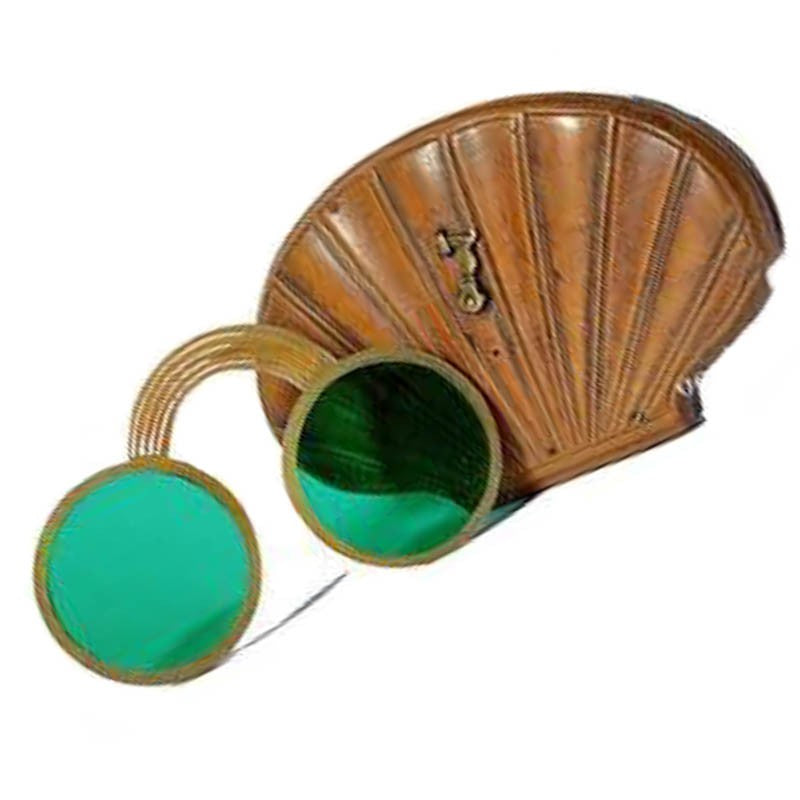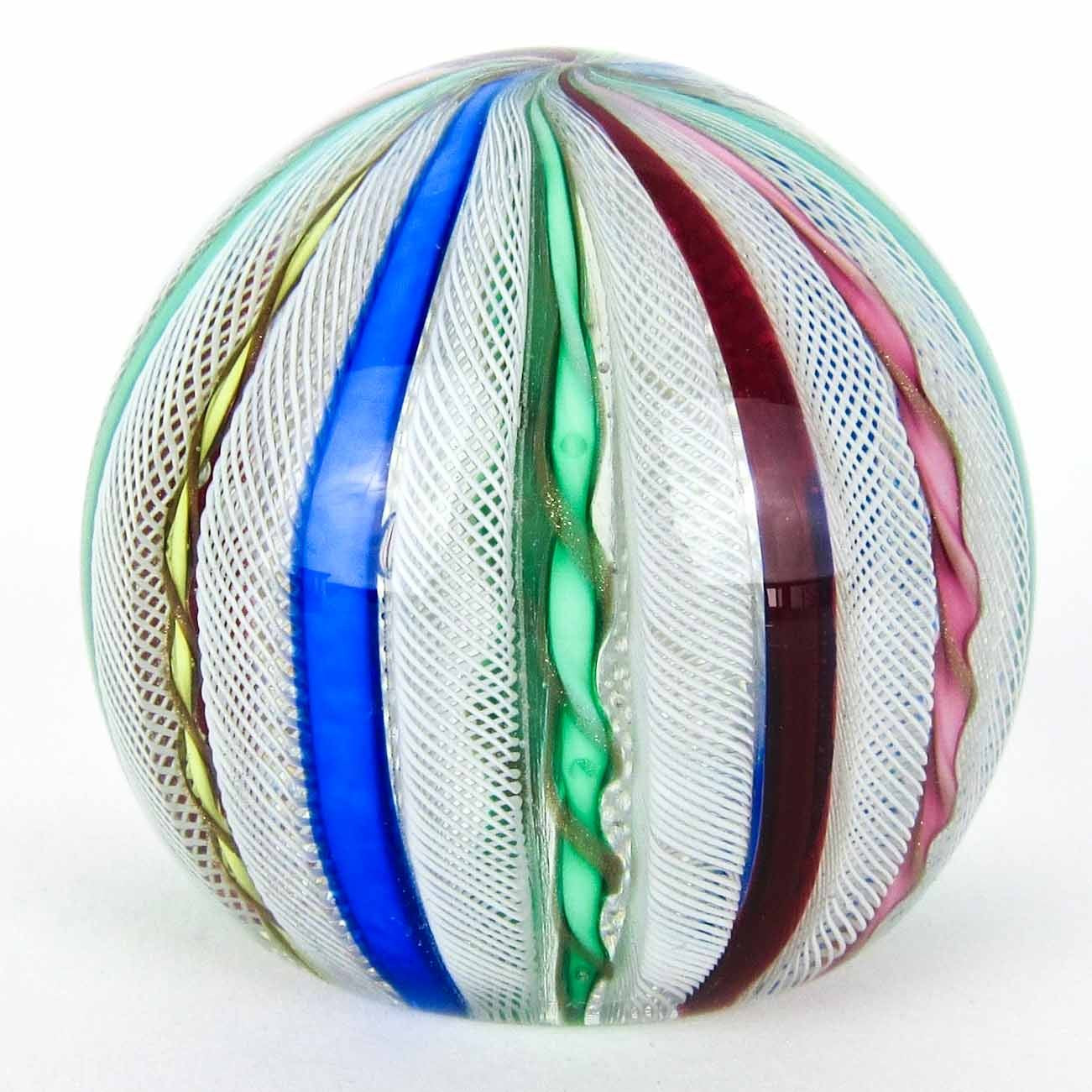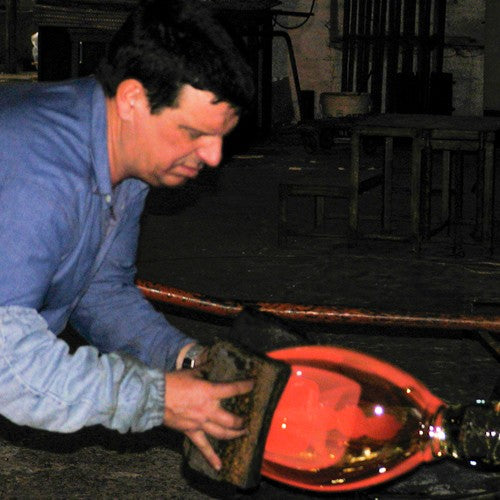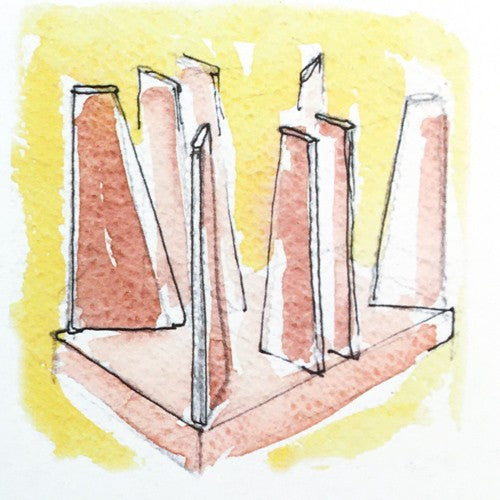Search
Categories
Archive
- September 2022
- February 2022
- September 2021
- May 2021

Trade name (proprietary trademark) of a type of borosilicate line with a very low cubic expansion coefficient and therefore resistant to thermal shock: it is used for industrial and laboratory...

Occhiali (eyewear) - the true story
It is almost certain that the first sunglasses were made in Murano. The first lenses in history date back to 1100. They were made by an anonymous master glassmaker from Murano and, des...
Glass is transparent, relatively hard, inert from a chemical and biological standpoint, and has a very smooth surface. These characteristics make it a material used in many areas, but at the s...

Non-circular plant mold. The glass is then blown into the mold without the possibility to rotate it as in the round mold, with this system the surface appears less smooth and as hammered. This inco...

Lavorazione a Lume - Lampworking
Letteraly Lampwork. It consists in melting the glass canna by blowtorch. This technique allows to create detailed and accurate shapes. It was used by the Conterie to make the classical Venetia...

(Paperweights) was invented by Pietro Bigaglia in 1845 and consists in a trasparent glassmass with fragments inside .The technique, which is extremely sophisticated nowadays, allows to be extreme...

The maestro is the main figure of the piazza . He is responsible of the overall perfection of each piece. The secrets of the composition of the siliceous sand, of the alum (Soda sand) are cherishe...

Literally blown cane in Murano is also called “fero sbuso”, “fero buxo”, or simply “fero”.It is a metal tube of variable size used to collect molten glass and then blow air inside the bolo , like...

Letterally round mould. It is a mould in which the glass is blown in order to have a repetitiveness of the shape. Usually the stampo has a round plan and opens in two pieces hinged along the c...

Mould like the Stampo a giro with the addition of a third element placed at the base in order to allow the base to be undercut. See also crecola . See also:...

Letterally Free mould. In this mold the glass is guided along predetermined directions, but left free to act independently. This is a series of blades that mark the limit of expansion of the glass...

